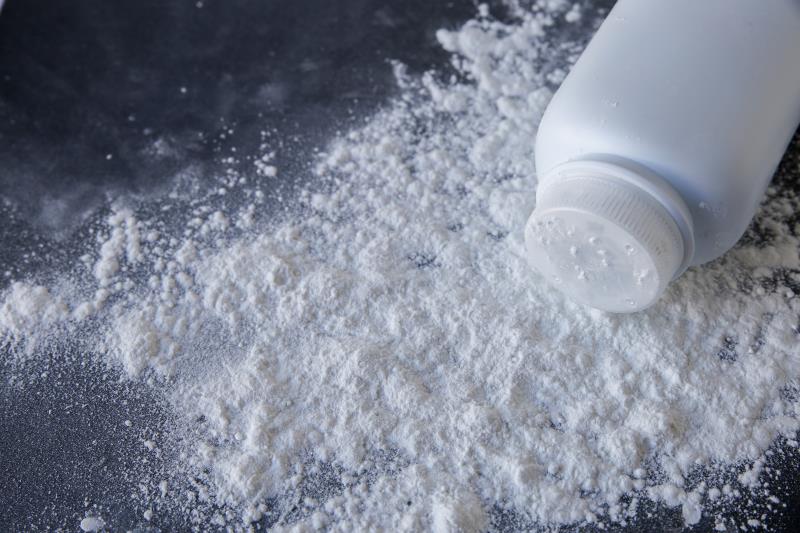
There was no evidence that the use of talc powder in the genital area was associated with an increased risk of ovarian cancer, a large pooled analysis of four prospective cohort studies shows.
“[The study] represents the largest cohort to date to examine whether an association exists between powder use in the genital area and ovarian cancer risk, and the findings are overall reassuring,” stated Drs Dana Gossett and Marcela del Carmen from the University of California, San Francisco and Harvard University Medical School in Boston, Massachusetts, US, respectively in an accompanying editorial. [JAMA 2020;323:29-31]
The analysis pooled data from 252,745 women (median age 57 years) from four large US-based cohorts: NHS (n=81,869), NHSII (n=61,261), SIS (n=40,647), and WHI-Observational Study* (n=73,267). Thirty-eight percent of the women reported use of powder in the genital area, of which 10 percent of the ever users were long-term (≥20 years) users and 22 percent were frequent users (at least once per week).
During a median follow-up of 11.2 years, 2,168 women developed ovarian cancer, equating to an incidence rate of 58 cases/100,000 person-years overall. [JAMA 2020;323:49-59]
Specifically, the incidence of ovarian cancer was 61 cases/100,000 person-years among ever users compared with 55 cases/100,000 person-years among never users — which translates to a 0.09 percent difference in estimated risk at 70 years between the two groups and did not reach statistical significance (estimated hazard ratio [HR], 1.08, 95 percent confidence interval [CI], 0.99–1.17).
Similar results were seen when users were stratified by frequent use (estimated HR, 1.09, 95 percent CI, 0.97–1.23) and by long-term use (estimated HR, 1.01, 95 percent CI, 0.82–1.25), compared with never use.
“There were no clear dose-response trends for duration and frequency of powder use in the genital area in relation to ovarian cancer risk,” said the researchers.
When the analysis was restricted to women with patent reproductive tracts** — a susceptible subgroup — the HR was 1.13 (95 percent CI, 1.01–1.26), compared 0.99 among those with nonpatent reproductive tracts (p=0.15 for heterogeneity).
“This is the key finding of the study,” said Gossett and del Carmen.
“It is not possible to equate a patent reproductive tract with exposure and a nonpatent reproductive tract with nonexposure … [as the nonpatent subgroup who] use powders in the genital area cannot be assumed to have started using them only after their surgeries,” they wrote.
“The fact that there are no significant differences in the HRs in the patent and nonpatent subgroups confirms the overall conclusion that there is no demonstrable statistically significant association between use of powder in the genital area and ovarian cancer risk.”
While the HR was 1.19 for frequent vs never use of powder among the women with patent reproductive tracts, Gossett and del Carmen commented that the difference “is below the effect size that epidemiologists generally consider important,” — and thus, “should not be selectively highlighted by the statistically unsophisticated reader as evidence of a relationship.”
Previous case-control studies have suggested positive associations between powder use in the genital area and risk of ovarian cancer, but these studies are susceptible to recall bias in view of the recent upsurge of talc-related lawsuits and media coverage, the researchers noted.
“Although the study was underpowered to detect small changes in risk, this is, to our knowledge, the largest study of this topic to date, and it is believed that no other large prospective cohorts have collected data on powder exposure in the genital area,” the researchers highlighted.
“Future analyses would be strengthened by focusing on women with intact reproductive tracts, with particular attention to timing and duration of exposure to powder in the genital area,” suggested Gossett and del Carmen.